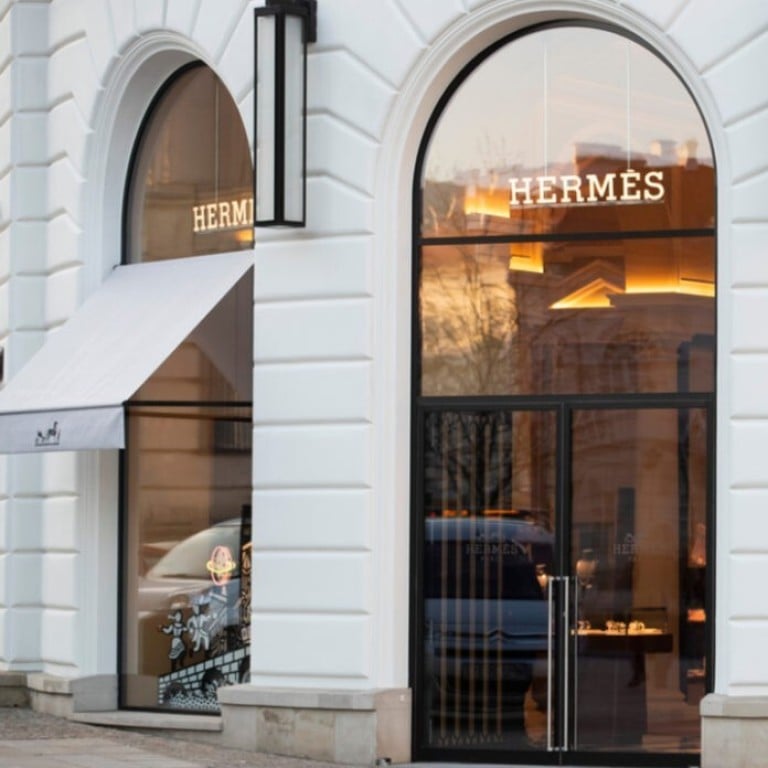Will Chinese shoppers go back to Western luxury brands post-Covid-19? Without tourists, European luxury market looks poised to recover before US

A key factor? Fewer Chinese travellers.
Can ‘revenge spending’ save luxury brands in China?
Talita von Fürstenberg: fashion designer, socialite, and princess
Historically, established markets in the US and Western Europe have been more resilient. However, their responses to Covid-19 have “tarnished the aura of the Western brand,” said Stephen M. Walt, the Robert and Renée Belfer professor of international affairs at the Harvard Kennedy School, the public policy school of Harvard University.
And not all Western luxury markets will bounce back at the same speed. Most luxury brands will be ravaged by the crisis, but some have competitive advantages at their disposal. For example, the continuous appetite for European luxury goods will help the EU market to achieve a faster recovery – and even consistent growth – in the foreseeable future.
On the other hand, American designer brands have to overcome plenty of issues in the current age of anti-Americanism. The adversarial relationship between the US and China and the current administration’s anti-China rhetoric have only exacerbated Chinese indignation and nationalism. As competition for global economic hegemony speeds up and America’s power unravels, American brands are expected to be collateral damage. Even before the US-China conflict, US luxury brands lagged behind their European counterparts.
Loosened quarantine restrictions in the EU have also worked in Europe’s favour. Fox News reports that China and the EU are negotiating to lift travel restrictions. The Council of the European Union states that the agreement is “subject to confirmation of reciprocity”. Meanwhile, the Trump administration may push to extend the travel ban against Chinese citizens, limiting their access to the US.
5 trends behind China’s untapped demand for gold and diamond jewellery
The US and EU are also at different stages of the pandemic, and their responses have pushed them even further apart. The errors made in the US during the early stages of the virus have created two different Covid-19 trajectories.
Data from Johns Hopkins University highlights that the EU kept new infections at a low level for two solid months before its numbers began to rise again slightly after it reopened borders. This means that the EU is facing its second wave of infections while the US is still firmly in its first, illustrating how Washington was unable to find the right policy to flatten the country’s curve.
And despite a slight hike in cases, Europe is still doing far better in general. According to an article in Newsweek, the World Health Organisation (WHO) concluded that even though Europe has a population that’s nearly three times larger than that of the US, the region reported lower weekly new case counts overall. Europe’s numbers are lower when it comes to confirmed cases per one million people, too.
How luxury brands are adapting to post-coronavirus China
As a result, tourists are likely to avoid holidays in the States – even when borders finally open – so America might lose its entire 2020 shopping season. Since the winter holidays is one of the busiest periods for international travel, missing out on the opportunity to welcome tourists might have a disastrous outcome for the American retail industry.
Want more stories like this? Sign up here. Follow STYLE on Facebook, Instagram, YouTube and Twitter .
This article originally appeared on Jing Daily.

Europe has several advantages over the US when it comes to boosting its luxury sales – a more effective Covid-19 response and playing nice with China are 2 of the big ones